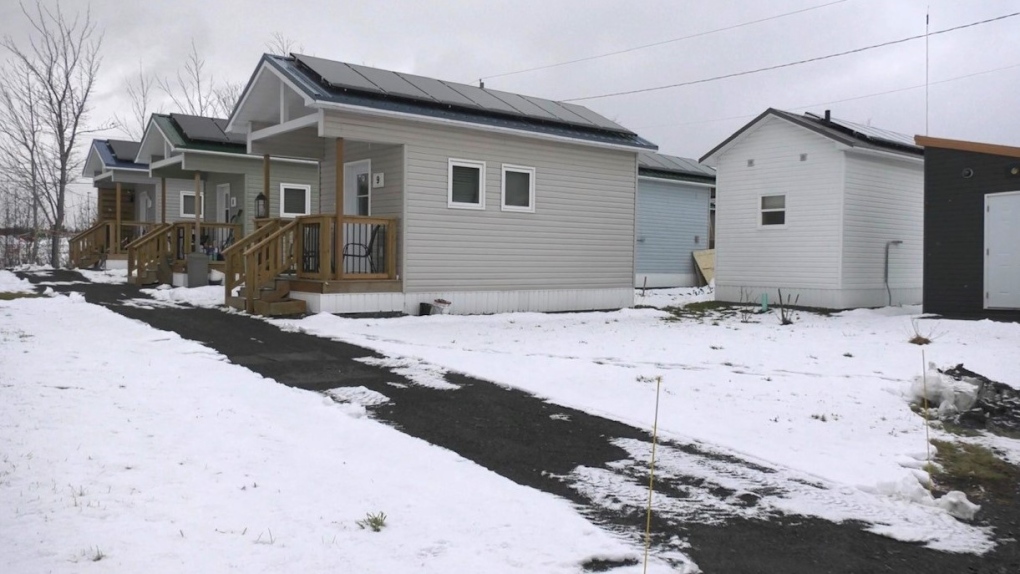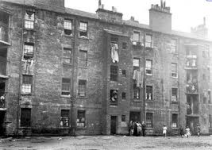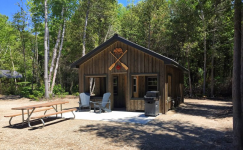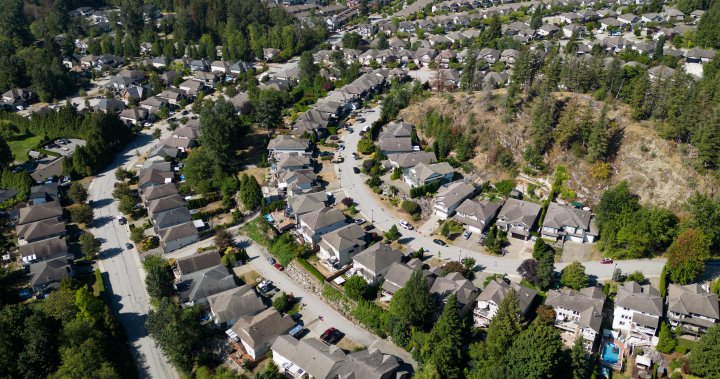- Reaction score
- 7,347
- Points
- 1,160
Canadian investments abroad have grown dramatically since 2015 relative to foreign investment in Canada. In 2014, about $100 billion more was being invested abroad by Canadians than by foreign investors here, Statistics Canada data show. By 2022, the difference had grown to $726 billion.

Pensions push back on Liberal government pressure to invest more in Canada
The Liberal government's latest fiscal update made it clear they would like to see more of the funds spent at home, but won't legislate it.
The government would like Canadian investors to invest more in Canada. For reasons known to themselves investors have been fleeing Canada since 2015.
Cause and effect?
I wonder if those investors include the Canada Pension Plan Investment Board.








